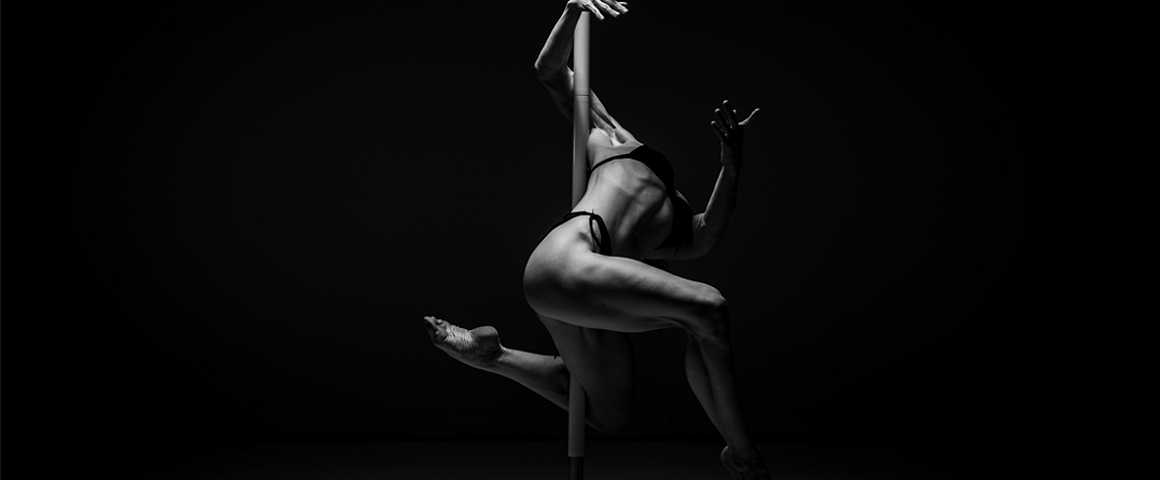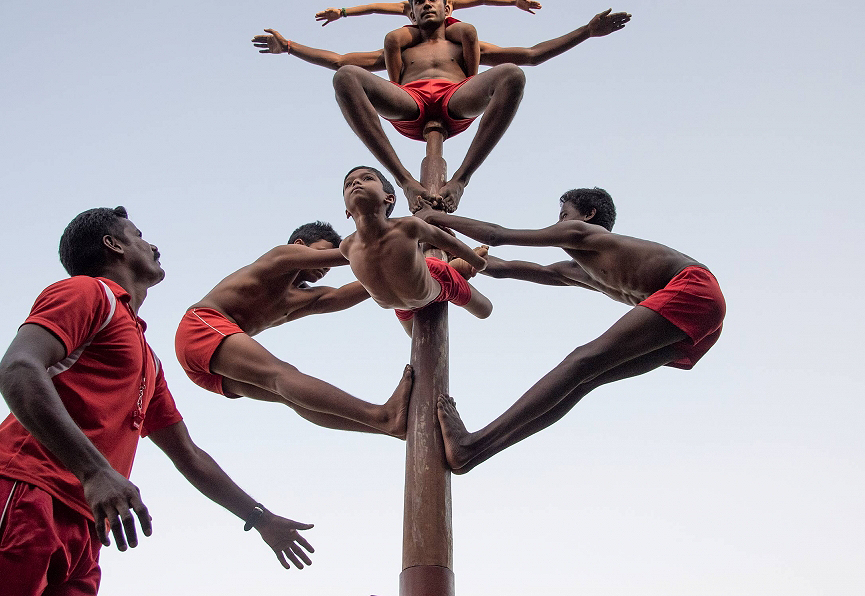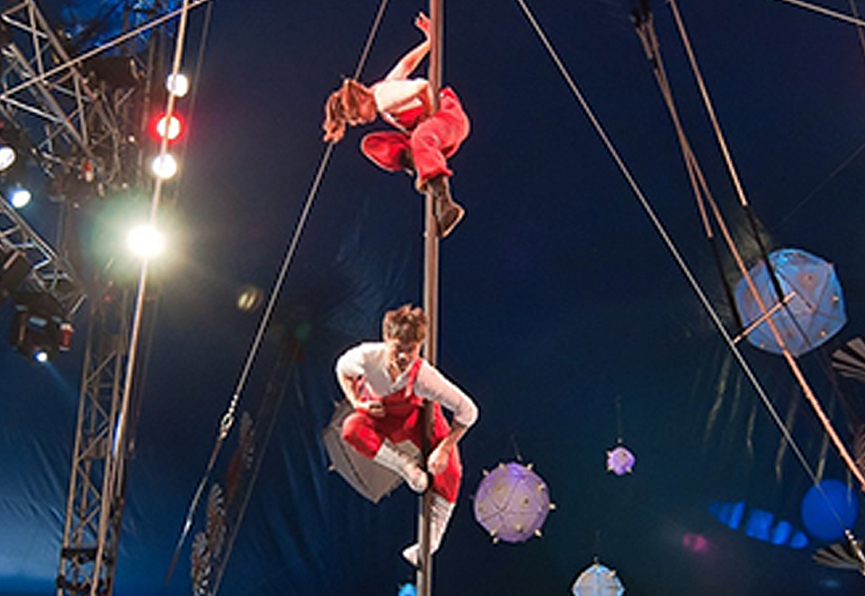
Ivo Štrkljević
Jan 13 - 4 min read


As most people already know, the use of the pole as an acrobatic and dance discipline has been written about for a long time. It goes back at least 4000 years, where we find the traditional Indian sport discipline Mallakhamb, which uses a wooden pole. The name Mallakhamb is derived from the terms malla, meaning wrestler, and khamb, meaning pole. Literally, the term means "wrestler's pole" and refers to a traditional training tool used by wrestlers.
Evidence of the existence of Mallakhamb, 4,000 years ago is found in Chandrakeugarh pottery (dated to the 2nd century BCE - 1st century CE), which is engraved with narrative figures showing a couple performing gymnastics by hanging on a pole-like structure in the shape of a T held by another person.
Another very interesting historical detail is that there are three variants of Mallakhamb sport which have been practised since 1937.
All are practiced by both men and women, with Pole Mallakhamb being practiced more by men and boys and Rope Mallakhamb being practiced more by women and girls. All Mallakhamb competitions are organized under the rules of the Mallakhamb Federation of India, which has 28 states as members.

Here we can draw a direct connection between today's practice on the classic pole (suspended between the floor and ceiling), the flying/air pole and the practice on the rope or silks, which are becoming more and more popular and are going beyond the circus and are available for training in studios all over the world.
Alongside India's Pole Mallakhamb, pole acrobatics has been practiced in China for centuries, with reports of the pole's presence as an integral part of the Chinese circus repertoire dating back to before the twelfth century. The so-called Chinese pole was originally only performed by men defying gravity.
Today, both men and women somersault, twist and turn between two steel poles that can be up to 29.5 feet high and up to 4 inches in diameter. To avoid any friction between the skin and the pole, performers in China were traditionally fully clothed. Unlike Chinese pole dancing, modern pole dancing, which requires exposing the skin to improve adhesion, is a fairly new phenomenon.

Pole dancing in America has its roots in the "Little Egypt" travelling shows of the 1890s, in which sensual "Kouta Kouta" or "Hoochie Coochie" belly dances were performed, mostly by Ghazi dancers who were first appearing in America. At a time when women dressed modestly in corsets, the dancers caused a sensation in short skirts and adorned with rich jewellery.
In the 1920s, dancers introduced poles, sensually spinning on the wooden tent poles to attract spectators.
With the invasion of rock and roll in the 1950s, the pole was introduced to a wider audience with Elvis Presley's 1957 film and video "Jailhouse Rock." The video featured Presley's famous hip swings as well as numerous pole slides, grinds and twirls.
Over time, pole dancing moved from tents to bars and was combined with burlesque dancing. Beginning in the 1980s, athletic movements such as climbing, spinning, and inversions were incorporated into striptease routines, first in Canada and then in the United States.
In the 1990s, Fawnia Mondey, a Canadian who moved to Las Vegas, USA, began teaching pole dancing as an art. She is considered one of the first pole dance teachers who inspired others to follow this path and present pole dancing in a different light. Since then, pole dancing has become a popular form of recreational and competitive sport, practiced and performed in a variety of sexual, non-sexual and athletic situations.
K.T. Coates, a famed competitive pole dancer, and the International Pole Sports Federation are advocating for pole dancing to be included in the Olympic Games, and in September 2016, an application was submitted to the International Olympic Committee for pole dancing to be recognized as a sport.

The 2019 film Hustlers has brought positive attention to the sport. The film focuses on the lives of strippers in the wake of the 2008 financial crisis and features members of New York's stripping community, including rap icon Cardi B. Jennifer Lopez, performed intricate routines in the film-most notably to Fiona Apple's Criminal and pole danced at the 2020 Super Bowl. Following the film's release and Lopez's subsequent interviews, pole dancing studios across the country saw a surge in signups.
In 2019, English musician FKA Twigs released a music video for her single "Cellophane," in which Twigs pole dances.
There is no single inventor of pole dancing... only those who first pioneered the practice we know today. We should be proud of pole dancing's origins and understand that it has come a long way to become the inclusive practice it is today. Hopefully, pole dance will continue to progress and evolve by connecting with the aerial arts - flying poles, hoops, silks, etc. Want to see what the modern pole is like as a hybrid of all these historical and international influences?
Just watch the video below: